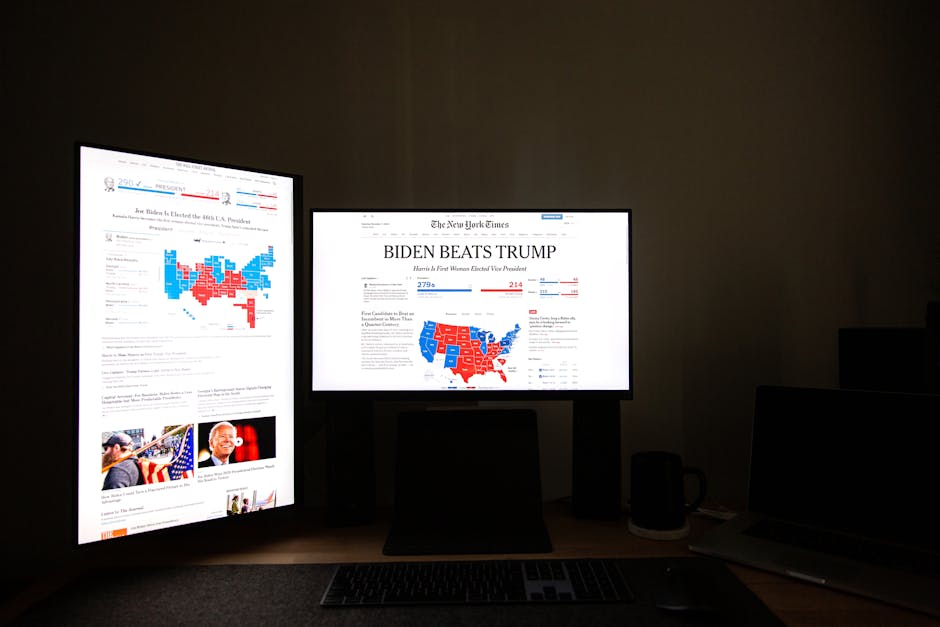Let’s be honest, who doesn’t love a good deal? That little thrill when a loyalty discount magically appears on your bill, or when a subscription slashes a delivery fee to zero. We eagerly sign up for loyalty programmes, from local coffee shops to e-commerce giants, believing we’re getting the better end of the bargain. But a startling new report suggests this bargain comes with hidden costs, including invasive customer surveillance and paradoxically, higher prices.
A recent study by the Indian Consumer Insights (ICI) group has pulled back the curtain on the multi-billion dollar loyalty industry. According to the report, “The Price of Loyalty,” these programmes are often less about rewarding customers and more about gathering vast amounts of personal data that can be used against them.
How Loyalty Programmes Enable Customer Surveillance
The moment you sign up for a rewards programme, you’re handing over the key to your entire shopping identity. Your loyalty account doesn’t just know you bought a blue kurta; it knows you browsed three others, lingered on a pair of sneakers, prefer a certain brand, and tend to shop late on Tuesday nights. This is a treasure trove of customer data.
The ICI report details how companies use this information to build a “hyper-detailed digital avatar” of you. Every transaction, click, and abandoned cart item becomes a data point feeding an algorithm. This algorithm is designed to understand your habits, predict your future purchases, and—most importantly—determine the maximum price you’re willing to pay. This goes far beyond targeted ads; it’s a sophisticated system of customer surveillance built on your trust.
The ‘Loyalty Tax’: Are Reward Schemes Making You Pay Higher Prices?
Here’s the most shocking finding from the report: your loyalty could be costing you money. The data collected through these programmes can lead to companies charging their most dedicated customers higher prices.
The report highlights two primary ways this happens:
-
Price Discrimination: If a company’s data shows you are extremely loyal to a specific product and buy it weekly, they have little incentive to offer you a discount on it. They know you’ll buy it anyway. Instead, that discount might be offered to a new or infrequent shopper to lure them in. As a result, the loyal customer ends up subsidizing the deals for others.
-
Inflated Base Prices: The cost of running massive loyalty programmes—the “free” deliveries, exclusive discounts, and birthday coupons—has to be recovered. The report suggests that many companies subtly inflate their base prices across the board to fund these perks. That 10% discount you feel good about? You may have already paid for it through a slightly higher MRP. You aren’t saving money; you’re just getting a portion of your own money back.
How to Protect Yourself from Data Tracking and Inflated Prices
This doesn’t mean you should delete every account. Loyalty programmes can still offer genuine value. However, the ICI report is a crucial wake-up call to be a smarter, more aware consumer.
Here are a few steps you can take:
- Compare Prices: Before buying, check the price on a different platform or in an incognito browser window to see if it changes.
- Be Selective: Only sign up for programmes you get significant and frequent value from.
- Limit Data Sharing: Be mindful of the permissions you grant on apps and the personal information you provide.
- Approach with Scepticism: Treat every “exclusive” deal as a marketing tactic, not a reward for your loyalty.
The retail game is changing, and the price of admission is often your personal data. The question is no longer just about getting a discount, but understanding the true price of our loyalty.




